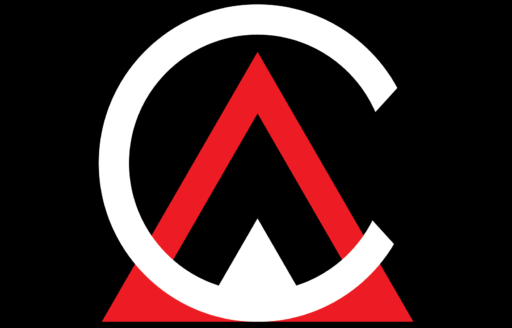Understanding Schema Markup Changes For E-commerce SEO

Eccomerce is constantly getting more competitive and staying ahead of SEO trends is crucial for driving traffic and improving conversion rates.
A key player in doing this can be Schema Markups in googles new update, a powerful tool that can significantly enhance user experience (UX) and click-through rates (CTR). But what exactly is Schema Markup?
What is Schema Markup?
Schema Markup, a form of structured data, helps search engines better understand the content of your webpage.
It’s additional code you usually add to the head of your page that tells search engines snippets they can display.
By incorporating Schema Markup, e-commerce websites can provide richer, more informative snippets in search results.
This not only improves UX by delivering more relevant information at a glance but also enhances CTR by making listings and other relevant information stand out.
Recent Changes in Schema Markup for E-commerce
Recent advancements in Schema Markup, particularly for e-commerce sites, have opened new avenues for engaging potential customers right from the search results page. Let’s explore these exciting developments.
Multi-Image Thumbnail Treatment
Previously, e-commerce sites could use Schema Markup to display multiple product-related images in search results.
This feature, while visually appealing, linked only to the category page, not individual products. However, Google’s latest test changes this by linking each image directly to its respective product page.
This update not only improves UX by streamlining navigation but also enhances the CTR by providing more direct access to products.
Product URLs in Google Search Console
An interesting aspect of this update is the inclusion of individual product URLs in Google Search Console for broader queries.
Where once only category pages appeared, now up to five URLs (one category and four products) can be displayed, thereby increasing the visibility and potential impressions of individual products.
Coupon Codes Integration
A great example of Schema’s evolving utility in e-commerce is seen in how brands like Reebok are leveraging it.
By managing coupon codes through Merchant Center, they now offer a 50% off coupon code visible directly in the search result snippet in the US.
This new ‘discount rich result’ feature allows customers to copy the coupon from Google’s search results for use at checkout. It’s a strategic blend of SEO and direct marketing that can significantly boost sales and customer engagement.
Enhanced User Experience
The biggest win from these changes is the enhanced user experience.
The ability to navigate directly to products from search results, coupled with the convenience of accessing deals like coupon codes, makes for a smoother and more enticing shopping journey.
The Future of Schema in E-commerce SEO
The future looks bright for e-commerce websites leveraging Schema Markup. With Google’s ongoing tests and updates, it’s clear that they are committed to enhancing search results for a better shopper experience.
These developments not only highlight the importance of staying up-to-date with SEO strategies but also underscore the potential of Schema Markup as a tool for increasing visibility and engagement in a competitive digital marketplace.
E-commerce websites should keep a close eye on these trends and consider how to integrate these features into their SEO strategies.
The ability to quickly adapt to these changes will be key in driving traffic, improving user experience, and ultimately, boosting sales.

